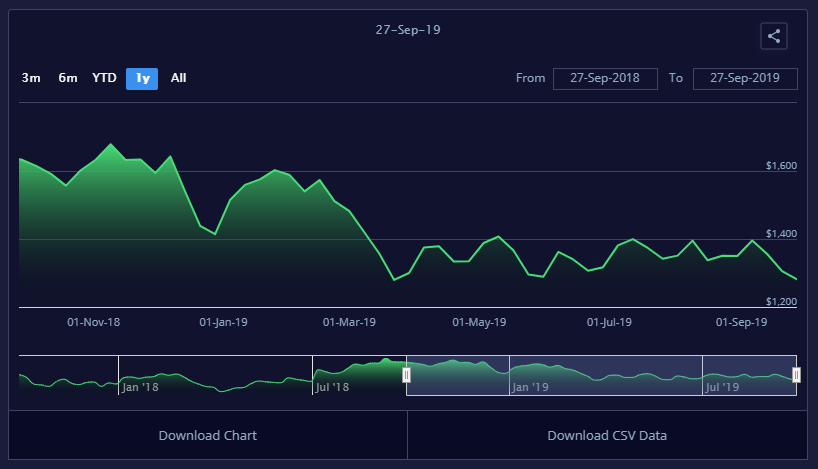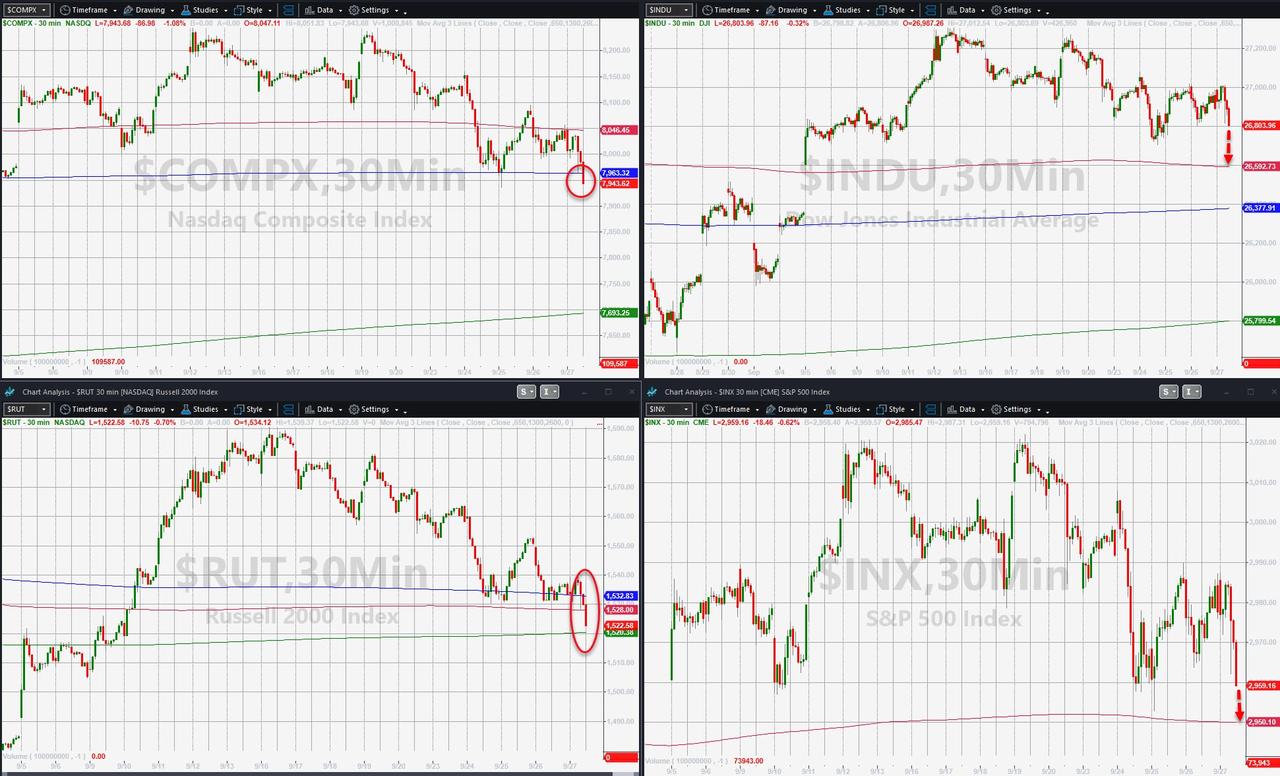President Donald Trump and Prime Minister Shinzo Abe of Japan have reached a deal that promises to cut tariffs and boost trade between the two nations. That’s good news. But the agreement is also a disappointing reminder of a better deal that could have been.
The pact, announced Wednesday, is an undeniably positive development for American businesses and a rare pro-trade maneuver from the Trump administration. Japan agreed to reduce or eliminate tariffs on many American agricultural exports, including beef, pork, corn, and some fruit. In return, the U.S. will reduce tariffs on Japanese industrial products, bicycles, flowers, tea, and other items. The deal also bars either country from raising duties on digital products, such as streaming videos, music, and video games.
A joint statement issued by the two leaders states that the agreement is a step toward settling other tariff-related issues—a signal that Trump’s threat of hitting Japanese-made cars with tariffs could be off the table now.
WE HAVE A JOINT STATEMENT pic.twitter.com/tjksq5GGXg
— Soumaya Keynes (@SoumayaKeynes) September 25, 2019
“This is a huge victory for America’s farmers, ranchers, and growers,” Trump said at a press conference announcing the deal. “And that’s very important to me.”
Indeed, increasing access to Japanese markets could be a $7 billion boost for American farmers—who have been hit particularly hard by Trump’s trade wars, which have sharply reduced exports to China. But American farmers could already have had greater access to Japan, and to a number of other countries around the Pacific Ocean, if Trump had not yanked America out of the Trans-Pacific Partnership (TPP) shortly after taking office.
Trump’s opposition to the TPP, a 13-nation trade agreement the Obama administration was trying to put together, was supposedly rooted in his belief that the bilateral trade deals he promised to negotiate would be better for Americans. But the very agricultural tariff reductions Trump is trumpeting as a victory for American farmers in his Japan deal were also part of the TPP.
In other words, if the U.S. had remained in the TPP, American farmers would already be benefitting from lower tariffs on beef and pork exported to Japan. And they would have greater access to other nations too. Trump is celebrating the benefits of a single trade pact when he could have had much more.
“It really is a pretty small-scale trade agreement,” says Clark Packard, a trade policy counsel with the R Street Institute. “The TPP was a better deal than this. It encompassed a lot more areas of trade. It had more members, it was more expansive, and we wasted a lot of time and effort to get to this point.”
The TPP would have eliminated 18,000 tariffs that the partner countries currently impose on American exports. It also would have included soybean exports, which are notably not part of the U.S.–Japan deal.
The TPP was not perfect. Like any trade deal, it would have set rules that favored some politically connected U.S. exporters. It was hundreds of pages long, much of which was dedicated to trying to impose American labor, environmental, and intellectual property rules on other countries. In an ideal world, politicians and bureaucrats would have no role to play in the trade between people and businesses, no matter how many national borders are crossed in the process. If Trump wanted to scrap the TPP in favor of simpler deals that merely reduced tariffs and other barriers to trade, that would have been an improvement.
Instead he has done the opposite. He has raised tariffs on many imports—which means hiking taxes on American consumers and businesses—and his decision to abandon the TPP deprived American businesses of new opportunities in Asian markets.
Signing a trade with Japan is a small step in the right direction, but it only cancels out a portion of the damage Trump has done. “It’s better than the status quo,” says Packard, “but not as good as it could have been.”
from Latest – Reason.com https://ift.tt/2maeySZ
via IFTTT




